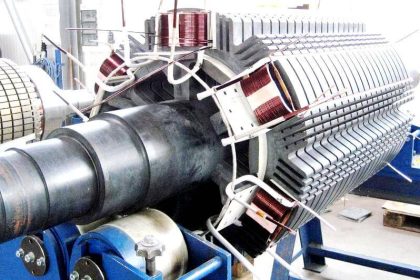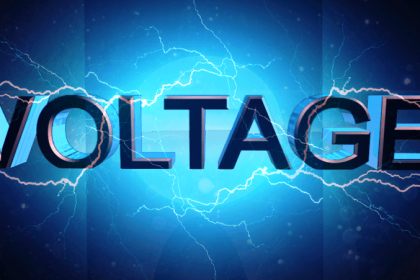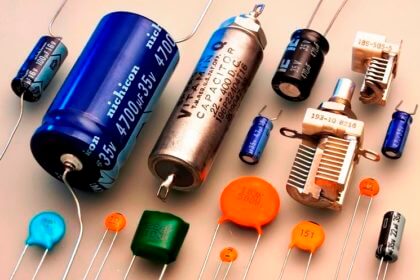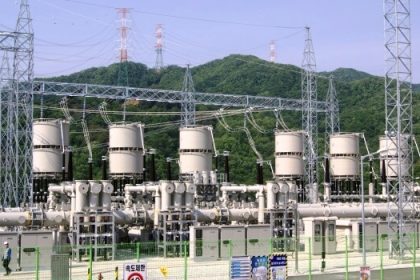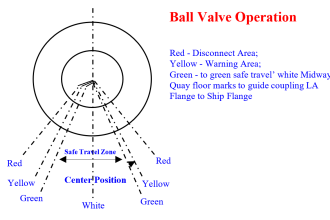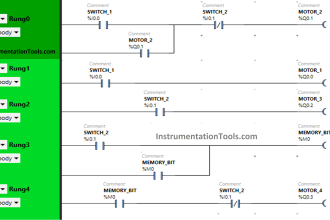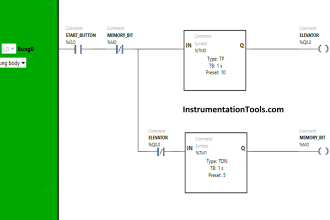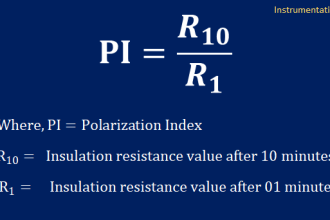- Generally on neutral grounding is provided at each voltage. There will be several voltage levels between the generation of the power and distribution of the power in the power system. Only one ground is provided for each voltage level of the power system
- Grounding of the power system is provided at the source and not at the load end
- Each of the major bus section in the system are grounded
- For generator grounding, neutral of the generator is grounding through a resistance which limits the stator fault current. The value of the resistor employed for the grounding the generator decides the percentage of the generator windings left unprotected
- Synchronous motors and synchronous capacitors are provided with reactance type of grounding. This reactance grounding provides additional reactance which provides additional lagging currents which nullifies the capacitive grounding currents
- When several generators are connected to a common neutral bus, the bus is connected to the ground through a single grounding device. Disconnect switches are used to ground the desired generators to the neutral bus
- When several generators are operating in parallel, only one generator neutral is earthed. This is to avoid the interference between the zero sequence currents
- In generating stations there is a provision to ground neutral of at least two generators, though one at a time. The other generator neutral is grounded when the first generator is out of service
- When there are one of the two supply sources, no switching equipment is used in the grounding circuit.
- For the protection purpose, the neutral point of the star side of the power transformer is usually grounded
- The star connected secondary sides of the protective CTs and PTs are grounded at one point. This ensures stable neutral, proper measurement of the voltages and currents, kWh and kVA on the secondary side measuring instruments and controls
- For the circuits between 3 kV and 33 kV resistance or reactance grounding is used. But for low voltages less than 600V and high voltages above 33 kV solid or effective grounding is used. Effective grounding limits the voltages of healthy phases to line-to-neutral values in the events of ground faults and also eliminates the arcing grounds. The effective grounding causes the ground fault currents of very high magnitudes flow through the machine. But modern day protection systems are very sensitive and fast operating so that faults are cleared in very short time
Neutral Grounding Practice in Power System
Leave a Comment



